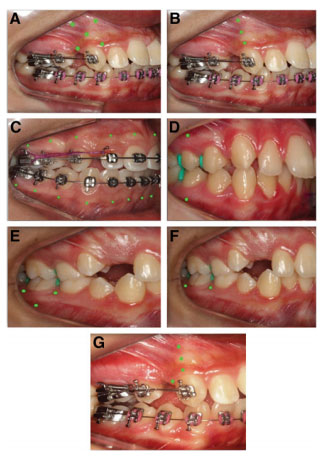Influence of Low-Level Laser on Orthodontic Movement and Pain Control in Humans

- View Review
Abstract
Objective: The purpose of this study was to systematically review the literature to check the influence of low-level laser (LLL) on orthodontic movement and pain control in humans, and what dose ranges are effective for pain control and increased speed of orthodontic movement. Methods: Computerized and manual searches were conducted up to January 4, 2014 for clinical studies that addressed these objectives. The selection criteria required that these studies (1) be prospective controlled clinical trials (CCT) and randomized clinical trials (RCT); (2) only use LLL in both infrared and visible red wavelengths, a laser with emission of constant wave; (3) have all main parameters of dose described, or at least conditions for calculation of the energy, in Joules; and (4) be published in Portuguese, English, or Spanish and be meta-analyses. Results: Seven studies met the eligibility criteria for orthodontic movement/LLL and 11 studies met the inclusion criteria for analgesia/LLL, totaling 18 prospective randomized studies that were selected for detailed analysis. The most common and effective energy input was the interval of 0.2–2.2 J per point/2–8 J per tooth at a frequency of application 1–5 days per month to accelerate the orthodontic movement. For pain control, the recommended energy per points varied from 1–2 J when only one tooth was irradiated to 0.5–2.25 J per point when all teeth in the dental arch were irradiated. Conclusions: LLL seems to have a demonstrated efficacy, but further studies are warranted to determine the best protocols with regard to energy and frequency.
.png)
